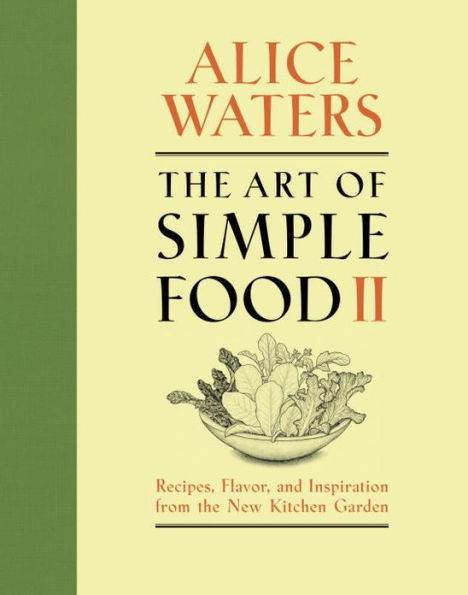Table of Contents
Part I Flavor as Inspiration
Varieties in the Garden-Recipes for the Kitchen
My Kitchen Garden 3
Growing What I Love to Eat
Fragrant and Beautiful 7
Herbs and Herb Flowers
Tender Leaves 35
Lettuce and Salad Greens
Hidden Flavor 51
Garlic, Onions, Leeks, and Shallots
Growing Underground 67
Roots and Tubers
Crisp Stalks 97
Fennel, Celery, Asparagus, Cardoons, and Rhubarb
Fresh and Dried 111
Peas, Fava Beans, Green Beans, Shell Beans, and Peanuts
Meandering Vines 135
Cucumbers, Melons, Summer Squash, and Winter Squash
The Height of Summer 157
Tomatoes, Eggplant, Peppers, Corn, and Okra
Colorful Chicories 191
Frisée, Escarole, Radicchio, Belgian Endive, and Puntarelle
Essential Greens 205
Kale, Collard Greens, Broccoli Rabe, Chard, Spinach, Amaranth, and Asian Greens
Heading into Winter 223
Cabbage, Broccoli, Cauliflower, Kohlrabi, and Brussels Sprouts
Ripe Summer Fruit 243
Cherries, Apricots, Plums, Peaches, and Nectarines
Just-Picked Berries 263
Strawberries, Raspberries, Blackberries, Blueberries, Huckleberries, Mulberries, and Red Currants
Autumn Fruits and Nuts 281
Figs, Grapes, Apples, Pears, Quince, Persimmons, Pomegranates, Walnuts, Hazelnuts, and Almonds
Sweet and Savory Citrus 307
Lemons, Limes, Oranges, Grapefruit, Kumquats, Mandarin Oranges, and Citron
Preserving Vegetables and Fruits 325
Home Canning, Pickles, Jams and Jellies, Candied Fruit, Liqueurs, and Dried Fruit
Part II Seed to Seed
Growing the New Kitchen Garden
Plant Wherever You Are 359
Its All About the Soil 361
Soil, Compost, Minerals, Cover Crops, Potting Soil
Preparing the Beds 373
Garden Planning, Soil Beds, Extending the Seasons, Containers
Seeds, Seedlings, and Healthy Plants 387
Sowing Seeds, Seedlings, Planting, Water, Plant Foods, Cultivation
Harvesting Flavor 399
Peak Harvest, Curing and Storing, Saving Seeds
Fruit in the Garden 403
Selecting Varieties, Planting, Pruning and Shaping, Harvest
Tools and Resources 411
Glossary 416
Index 422


